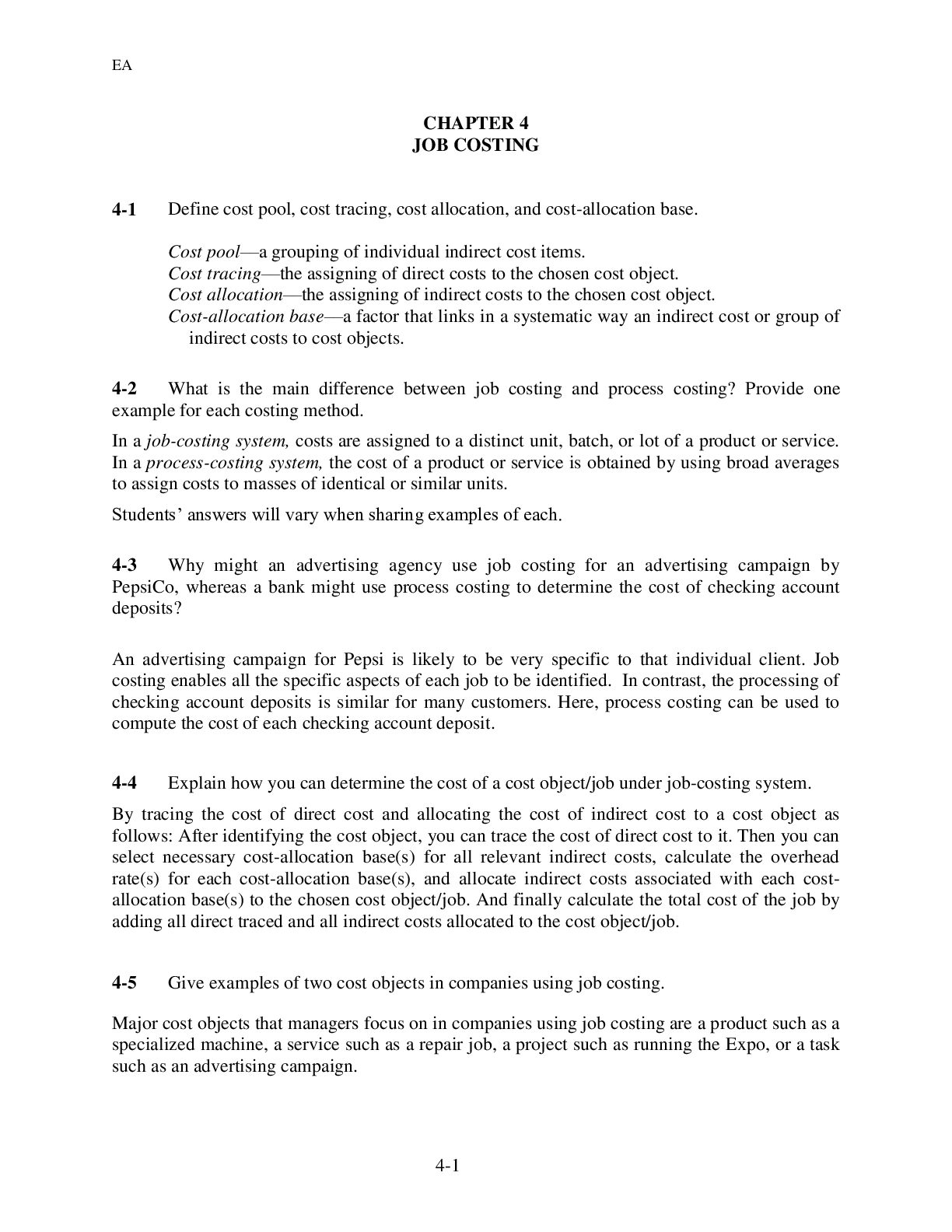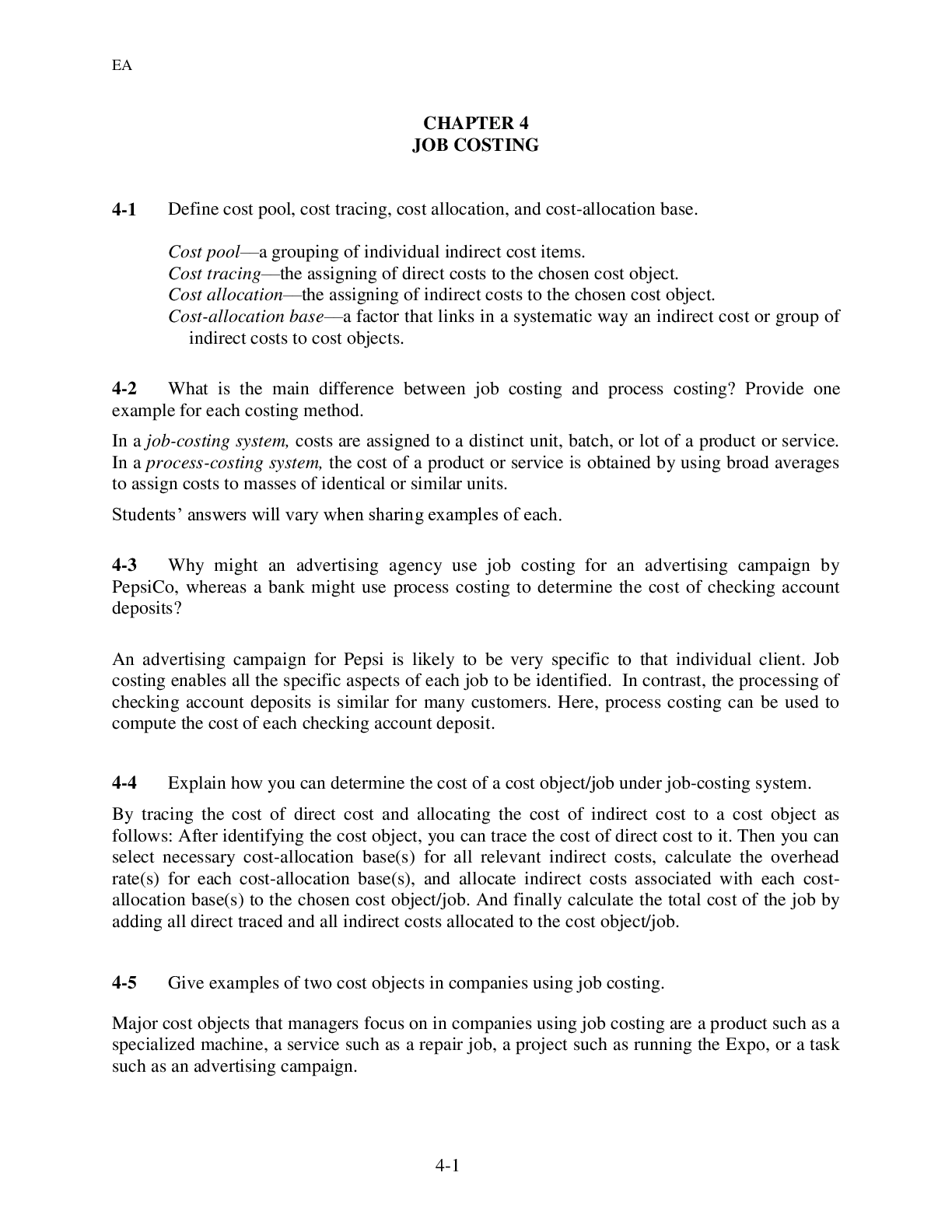CHAPTER 4 JOB COSTING
Course
Engineering
Subject
Chemistry
Category
Questions and Answers
Pages
67
Uploaded By
ATIPROS
Preview 5 out of 67 Pages


Download all 67 pages for $ 14.50
Reviews (0)
$14.50
